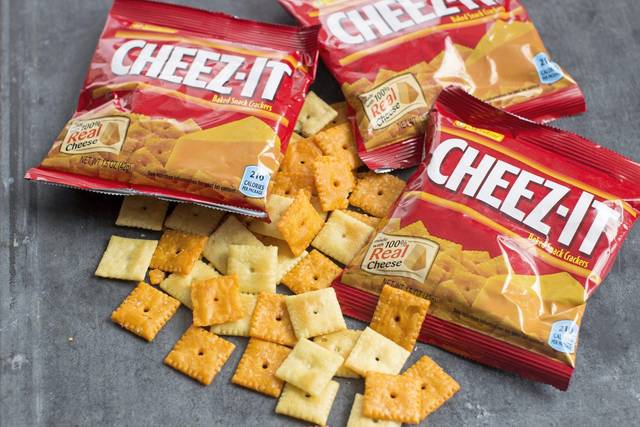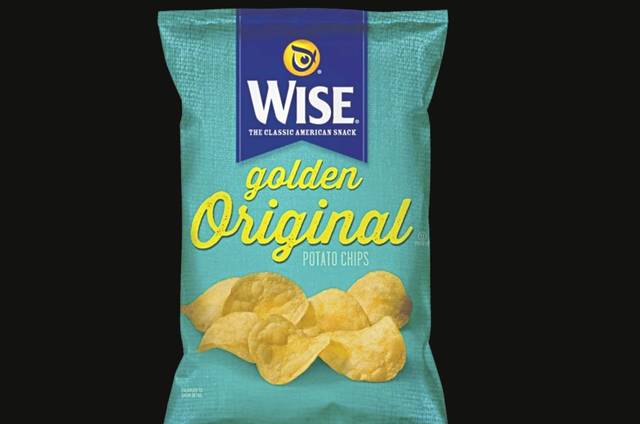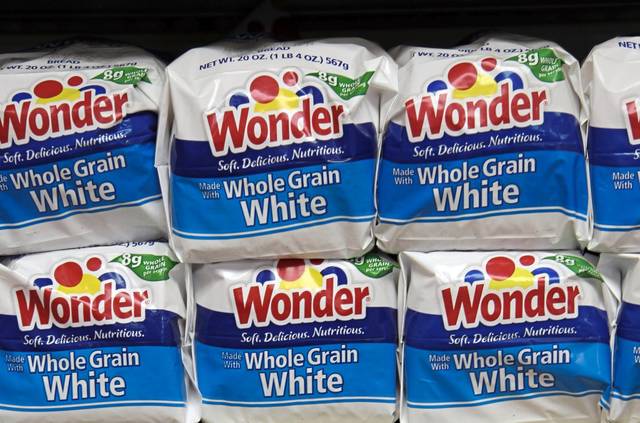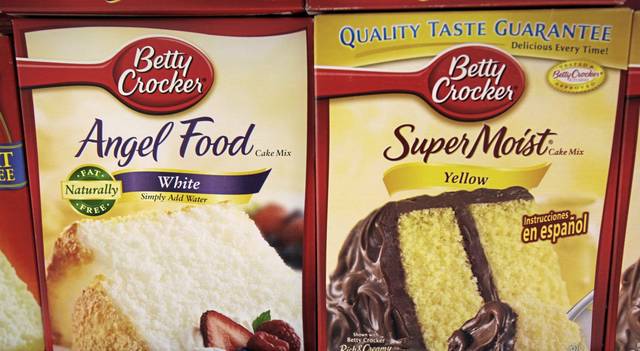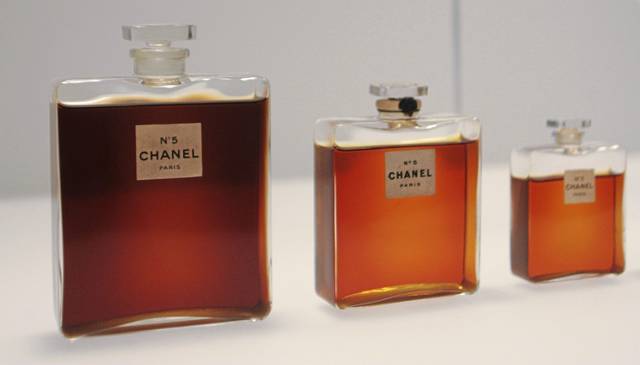What turns 100 in 2021? Here are a few century-old items
Everything gets older. It’s just a fact of life.
And this year — that would be 2021 — there are a few things that are turning 100. And we’re kind of blown away by how old they are.
For instance:
Cheez-It
On March 31, 1921, the Dayton, Ohio-based cracker company Green & Green introduced the world to its new treat: a 1-by-1-inch cheese-based cracker.
The company was bought in 1932 by the Loose-Wiles Biscuit Co. (which turned into Sunshine Foods). Sunshine was bought by Keebler in 1996. Then, in 2001, Kellogg became the latest (and current) company to own the snack cracker.
A century later, there are more than 30 styles of Cheez-It.
Oh, by the way, it’s not Cheez-Its — there’s no “s” on the end. Please respect!
Wise Potato Chips
In 1921, a young grocer named Earl Wise Sr. had a dilemma: His delicatessen ended up with too many potatoes. What to do with them all? Well, he made potato chips and put them in brown paper bags and sold them from his store.
Wise soon founded Wise Foods, buying his first delivery truck in 1922 and opening his first production plant in 1925.
The rest is crispy history.
Wonder Bread
While watching the yellow, red and blue balloons taking part in the International Balloon Race at the Indianapolis Speedway in 1921, Elmer Cline was fascinated by the wonder of it all. As such, he was inspired to name his company’s latest product “Wonder.”
The company was the Taggart Baking Co., and the product was sliced bread. To this day, Cline’s inspirational orbs are still a part of Wonder’s logo.
In 1925, the Continental Baking Co. purchased Taggart and gave Wonder Bread a national audience.
White Castle
The first fast-food hamburger chain was founded in 1921 by Walter Anderson, a cook who had been operating several diners in Wichita, Kan., along with insurance/real estate mogel Edgar Waldo Ingram — for just $700.
The pair’s concept: selling five-cent, square hamburgers that were easy to eat. They’d sell ’em by the sack.
Unfortunately, the closest White Castle to Western Pa. is about 150 miles east in Heath, Ohio.
Betty Crocker
To promote its Gold Medal flour, the Washburn Crosby Co. ran a jigsaw puzzle contest in the Saturday Evening Post in 1921. The company received thousands of entries, along with questions about baking. As a way to personalize the replies, the company — which later became General Mills — created a fictional character: Betty Crocker.
The last name was created to honor a recently retired director of the company — William G. Crocker. “Betty” was chosen because it sounded friendly.
The company enlisted home economists to test out its award-winning flour, thus creating Betty Crocker Kitchens.
A few years later, in 1924, the company got involved with a radio station — WCCO — and aired “Betty Crocker” on daytime radio’s first cooking show. The “Betty Crocker Cooking School of the Air” was a hit and was expanded to 13 regional stations. Each station had its own Betty Crocker voice.
The word ‘robot’
In 1921, playwright Karel Capek’s new work, “R.U.R.,” made its premiere at the National Theater in Prague.
Capek’s title stood for “Rossum’s Universal Robots,” in which the word “robots” was used to mean an artificial person. Capek’s invented word was based on the Czech word for “forced labor.”
The play was set in a factory that makes artificial people out of artificial flesh and blood, not metal. In the play, the robots are able to think for themselves and eventually kill every human except one — a factory engineer who the robots deem worthy of saving because he works with his hands as they do.
Chanel No. 5
After rejecting four previous fragrances created by French-Russian chemist and perfumer Ernest Beaux, French couturier Gabrielle “Coco” Chanel finally found the one she liked — and Chanel No. 5 was born.
The scent, marketed as “women’s perfume which smells like a woman,” was made even more famous by its simple, minimalist bottle design — which has not changed the past century.
So, what’s in it? According to a Town & Country profile, it takes one ton of flowers to produce one and half kilograms of the fragrance. Along with that, “ylang-ylang harvested from Madagascar and Mayotte, May rose, a bloom that only flowers for three weeks a year, and jasmine from Grasse — the most luxurious raw ingredient in the world.”
Which all means you pretty much can’t craft this in your garage.
Chris Pastrick is a TribLive digital producer. An Allegheny County native, he began working for the Valley News Dispatch in 1993 and joined the Trib in 1997. He can be reached at cpastrick@triblive.com.
Remove the ads from your TribLIVE reading experience but still support the journalists who create the content with TribLIVE Ad-Free.


